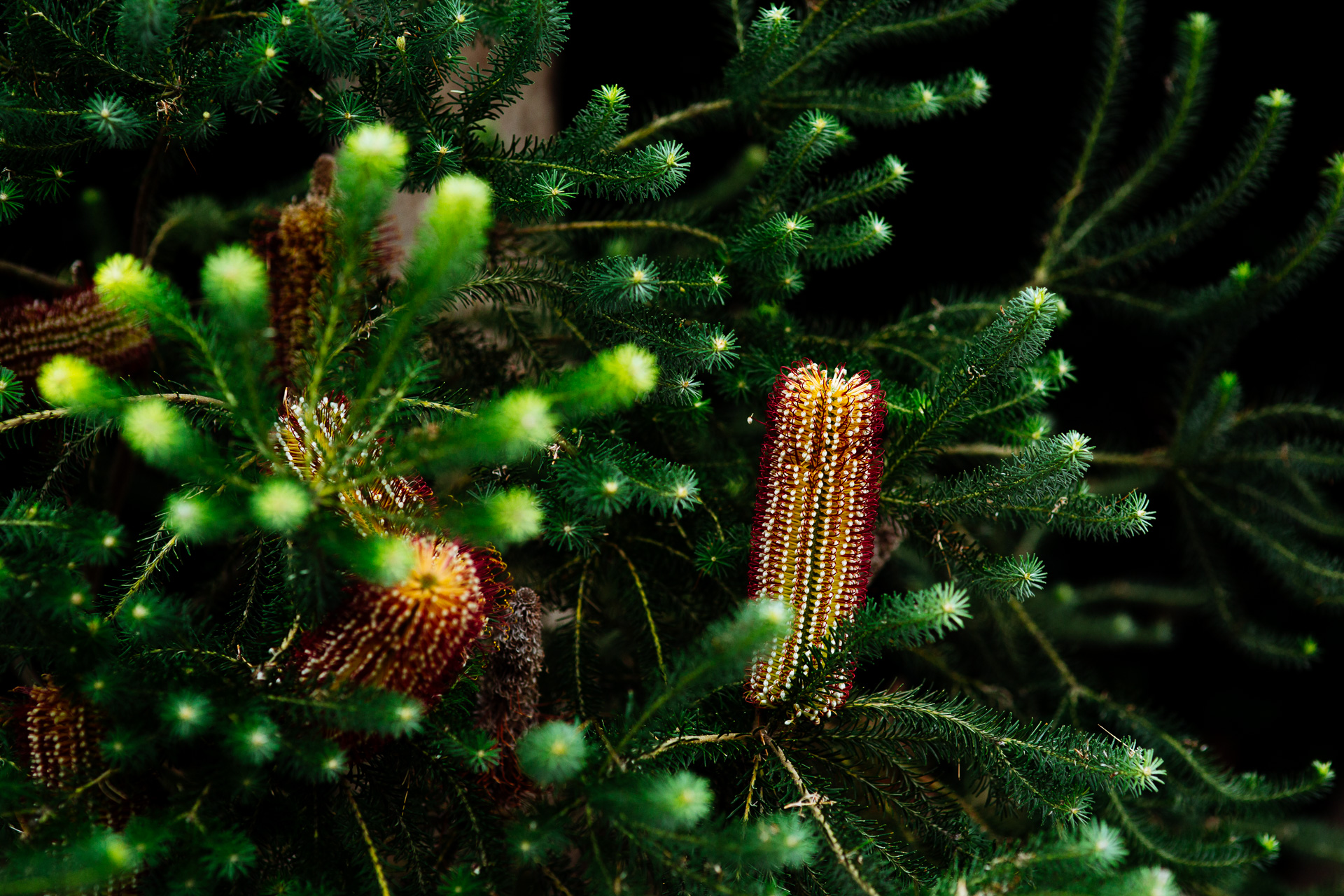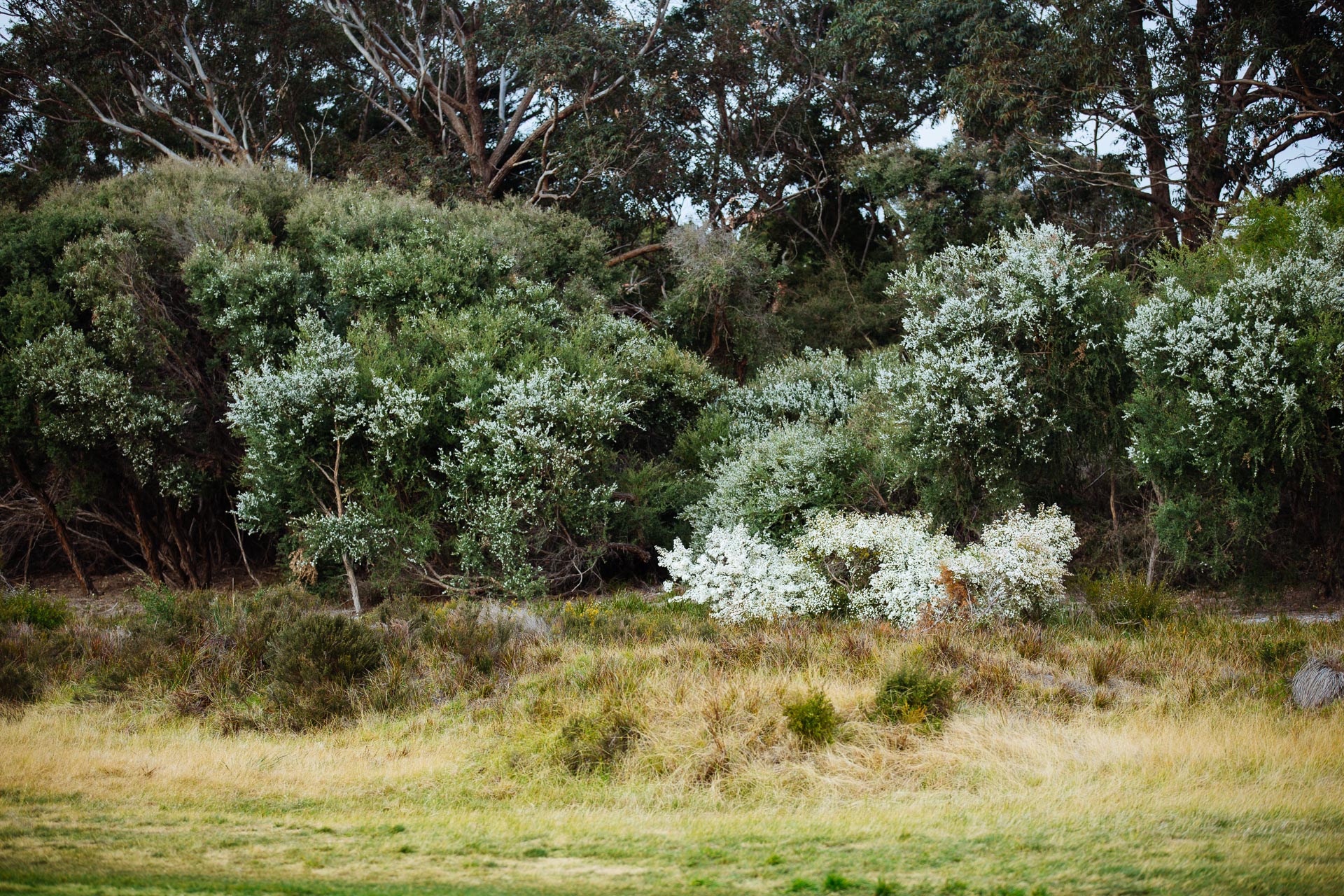Heathland and The Royal Melbourne Golf Club
By Dr John Green
Early descriptions of the construction of the first course at Sandringham, which opened in 1901, describe the course as having been carved out of ti-tree and heath. While ti-tree was not indigenous to the area, it had spread inland from the coastal fringe, due possibly to it no longer being burnt by the indigenous people. Over the next 50 years action regarding ‘ti-tree’ is mentioned 20 times in the Minutes of Council (only once is it referred to as ‘tea tree’). There are no entries in regard to ‘heath’. Minutes of Green Committee are not available from the early period where these two matters would have been discussed more frequently.
Low heathland can vary from place to place, and one does not know the nature of this early heathland. Photographs of early holes show sandy waste with some plants, which are probably plants found in heathland. How much actual “Common Heath”, Epacris impressa was present, and where, is not known.
My memory, extending back 70 years, to the late 1940s, is that there were only relatively small clumps of heathland, and that even these had diminished by the late 1970s. The fact that the areas were mostly short plants unevenly spread probably has affected my memory of where, and how large the areas were; certainly few intruded on the line of play. That heath and other heathland plants did exist is confirmed by the fact that Claude Crockford used a horizontal slashing machine to control its height, which I gather was detrimental to its ultimate survival. The largest area remaining would have been the heath short of the bunkers at 6th West, which at that stage would have been less than a quarter of the present size, and also contained clumps of Lomandra. The whole collection of heathland at the Club by late 1970s would hardly have excited the interest of a conservationist, indeed but for the actions of the Club and the changing of maintenance practices, it is doubtful if there would be very much heath remaining at RMGC today. The Club certainly would not have been able to host the annual walk and lecture for the public about native heathland. Thanks to the Club, nowhere in the Bayside area is there a greater abundance of native “Common Heath”, Epacris impressa – Victoria’s floral emblem.
The transformation to the present extensive, compared with what it was, areas of heath has not just been a matter of nature; this started in the 1990s as a result of actions commenced by Course Superintendent Jim Porter and continued by Richard Forsyth. In the 1990s the Club received an award from the Sandringham City Council for its role in restoring the heathland. Under Jim Porter and Richard Forsyth, significant areas of heathland can be found between Reserve Road and Morey Road, an area where previously it virtually did not exist.
While most people think of heathlands as being areas where the plants are low and common heath is likely to be found, areas differ from place to place, and also there are places where indigenous bushes which have replaced ti-tree are consistent with the restoration of heathland.


Learn about The Royal Melbourne Golf Club’s Heathland Backburning Programs
The Royal Melbourne
Golf Club
Cheltenham Road, Black Rock
Victoria, Australia 3193
Contact Us
+61 3 9599 0500
rmgc@royal.melbourne

